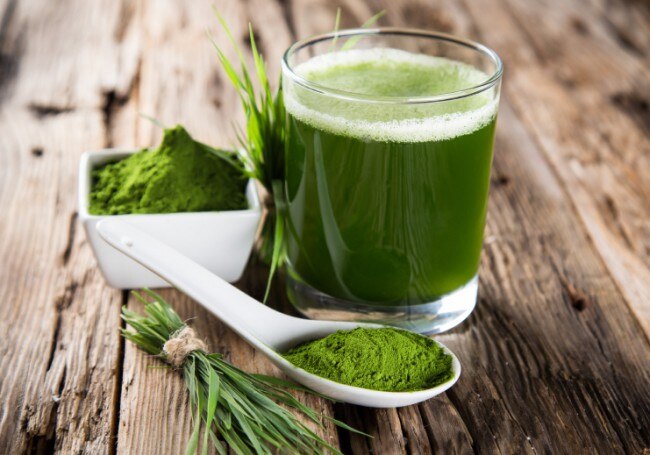You might think of eco-friendly dishwasher detergent, compostable packaging or reusable shopping bags when someone mentions “going green.” But the term also can be applied to your diet and supplement regimen. Green supplements might consist of extracts from the leaves of plants or grasses, or they may be plant parts ground into a powder that you can sprinkle into drinks or take in capsule form. Potent, convenient and readily available, they’re one of the hottest trends in health–but are they actually good for you?
Chlorophyll. Chlorophyll is a natural pigment that gives plants their green color. It’s essential for photosynthesis, a process that produces energy from sunlight. Found in all green plants, chlorophyll has especially high concentrations in spinach, kale, alfalfa, cereal grasses and seaweed.
Chlorella. Chlorella has often been referred to as a superfood because of its rich phytonutrient content, including chlorophyll, vitamins, minerals, carotenoids, antioxidants and protein. Chlorella supports antioxidant enzyme activity and nurtures the intestines’ ability to capture and excrete environmental contaminants, especially when combined with a healthy, fiber-rich diet.
Wheat grass. Wheat grass, which is the sprouted form of the common wheat plant (Triticum aestivum), is rich in phytonutrients, vitamins, minerals and plant proteins. Wheat grass is harvested early, before it turns its characteristic golden color and produces grain.
Green superfood drinks. Mix-in powders, such as Garden of Life Perfect Food Raw Organic Green Super Food, make it easy to reap the benefits of multiple greens at the same time. Just stir a heaping scoop into water or juice for 34 different organically grown greens, sprouts and vegetables bursting with vitamins and minerals, antioxidants, amino acids, enzymes, probiotics and more. If drinking greens isn’t your thing, this supplement is also available in convenient vegan capsules.
What’s your favorite way to replace green food from the garden? Share it with us in the comments below?

